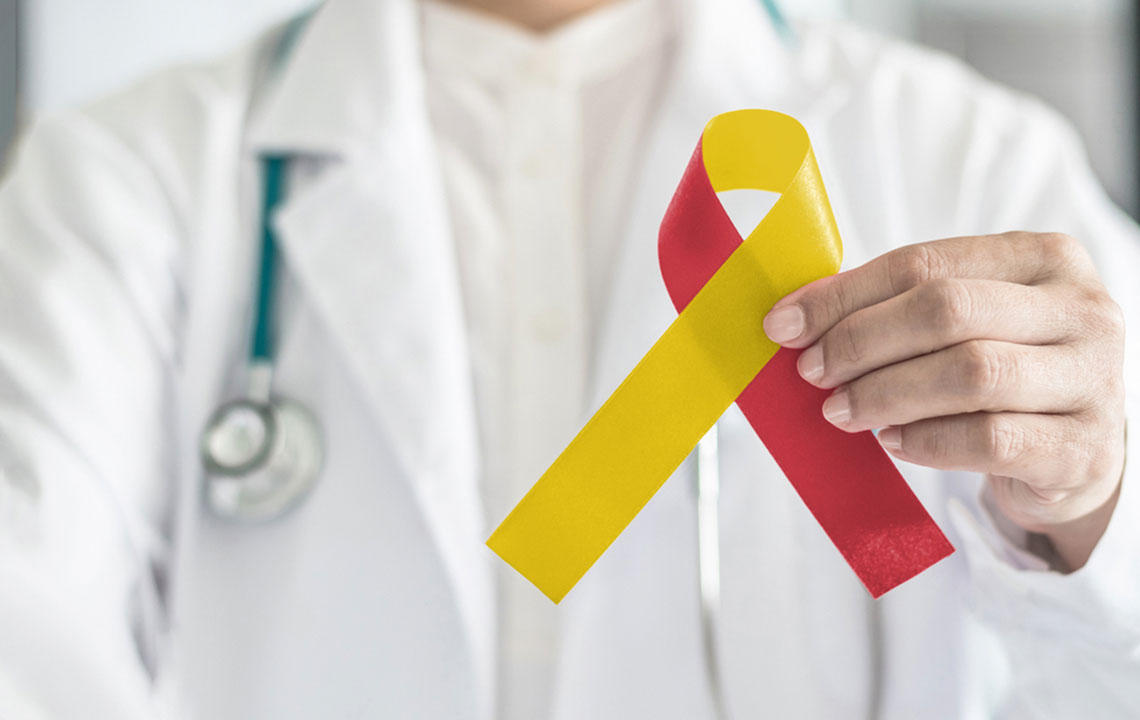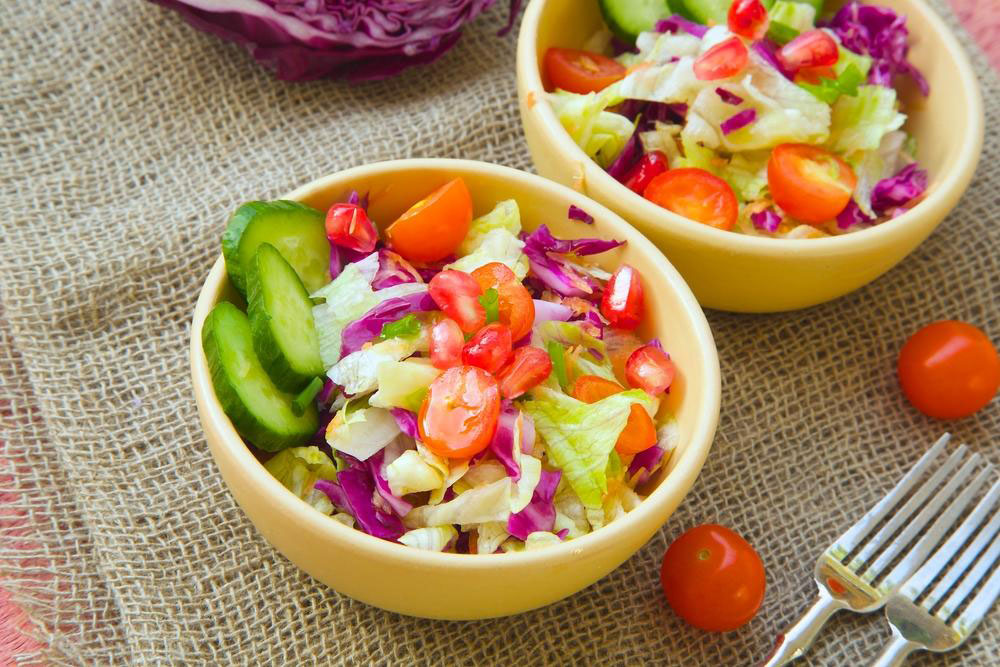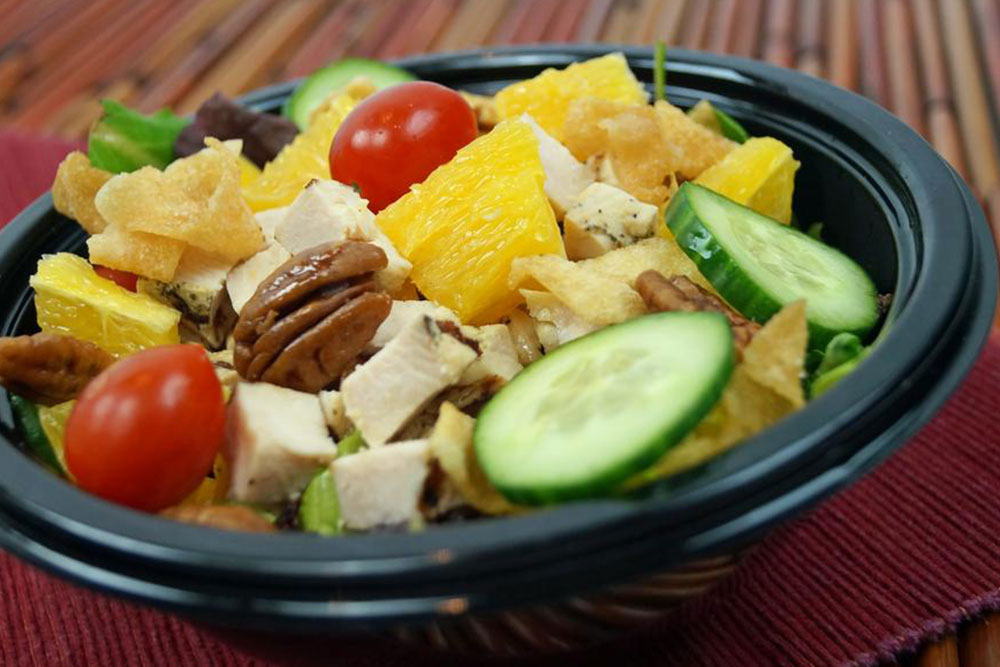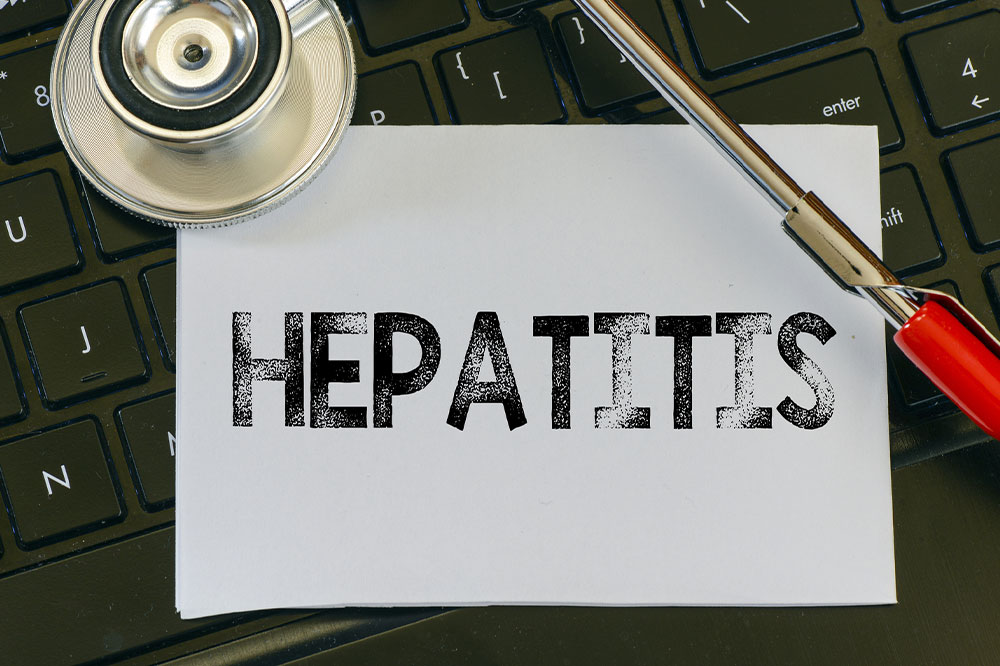Healthy Eating Tips for Managing Fatty Liver Disease
This article offers practical dietary advice for managing fatty liver disease. It emphasizes nutrient-rich foods, such as vegetables, lean proteins, and sulfur-rich ingredients, while recommending the avoidance of fried foods cooked in unhealthy oils. Incorporating these tips can aid liver recovery and improve overall health. Learn about supportive foods and lifestyle changes to reverse fatty liver and promote liver health effectively.
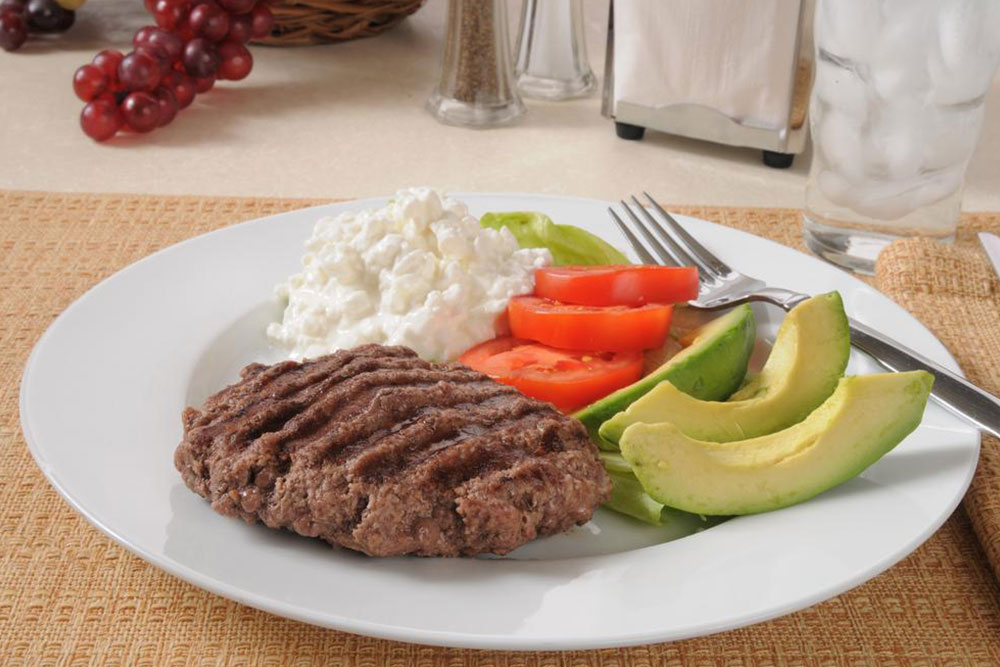
Healthy Eating Tips for Managing Fatty Liver Disease
Fatty liver, medically known as steatosis, refers to the accumulation of fat in the liver. Normally, the liver contains up to 10% fat; exceeding this threshold leads to fatty liver. As the body's second-largest organ, the liver plays a vital role in processing nutrients and filtering toxins from the blood. Excess fat can hinder these functions, but the condition is reversible with proper diet and lifestyle changes.
The liver can regenerate damaged cells, but repeated injury may cause scarring, known as cirrhosis. Poor dietary habits and a sedentary lifestyle are primary causes of fatty liver, especially among individuals aged 40 to 60.
Incorporate raw vegetables into your meals and avoid high-sugar fruits to support liver health and weight management. Vegetables have low sugar content and provide essential nutrients. Cooked vegetables, excluding potatoes, can supplement nutrients lost when consuming processed foods. To ensure sufficient protein intake, include seafood, lean meats, eggs, and legumes. Consider liver tonics, which supply nutrients that aid detoxification and healing.
Increasing glutathione production, the liver's strongest detoxifier, can reduce fat buildup. Sulfur-rich foods like eggs, cabbage, broccoli, and garlic enhance liver health. Avoid fried foods cooked in vegetable oils, which contribute to fat accumulation. Instead, opt for healthy alternatives such as olive oil-based snacks.

